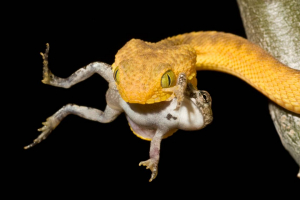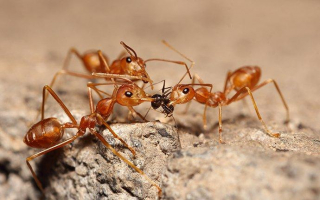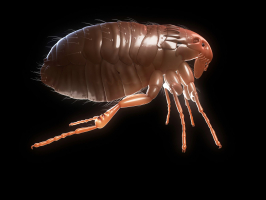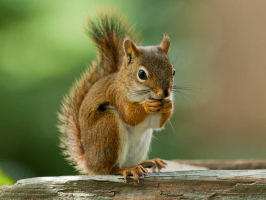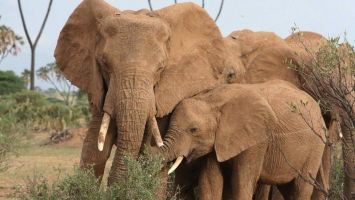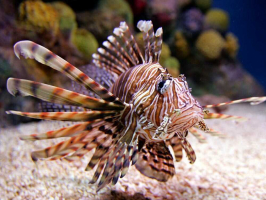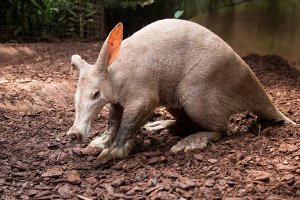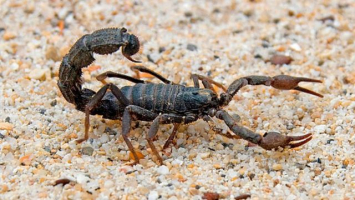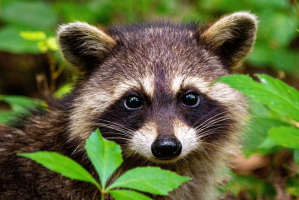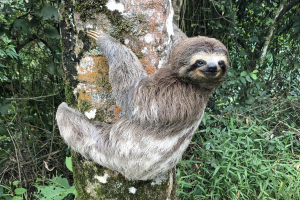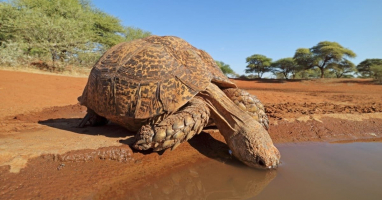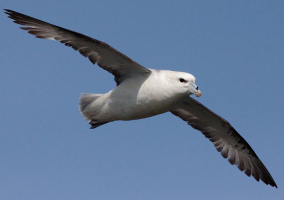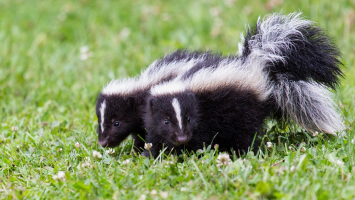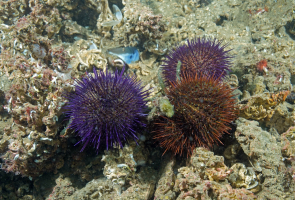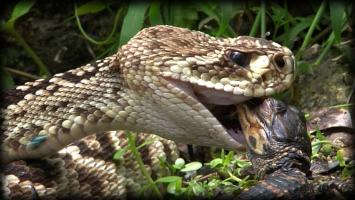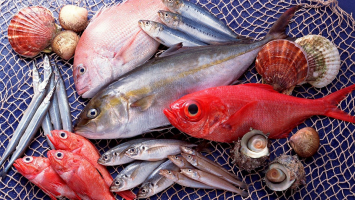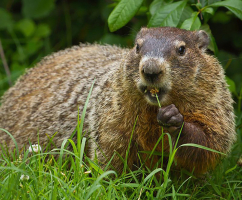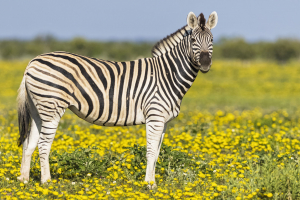Top 8 Predators of Crickets that Eat Crickets
The majority of cricket species are helpless insects. They are camouflaged to blend into their environment and rely only on their powerful rear legs to leap ... read more...away from danger. If they are grabbed by the leg, they can release it and keep living with the other five. Since they have lived for more than three million years despite being the preferred meal of a diverse variety of animals, crickets must be quite adept at avoiding being eaten. Some of their main predators are listed below.
-
Since Frogs will consume nearly anything in the wild, especially live insects, these amphibians are more "generalist" predators. They will eat anything that will fit in their mouths, including grasshoppers, spiders, crickets, and butterflies. Aquatic invertebrates will also be on their list of prey. More than any other bug, crickets in particular make up a significant portion of their diet. Frogs consume pond plants and algae when they are young, but as they mature into adults, they start to consume meat. In addition to eating live crickets, they will also eat other types of live prey, such as larvae, dragonflies, termites, slugs, snails, worms, and spiders, depending on the size of the frog.
Frogs can grab and eat bugs in a matter of seconds by using their long, soft tongues. Their tongues have a similar function to bungee ropes coated in extremely strong glue, allowing them to capture the bug with little exertion. The saliva will become watery to release the cricket after the frog's tongue has caught it and brought it into its mouth. Due to their wide availability and excellent nutritional value, crickets serve as the frog diet's mainstay. In addition to having protein and chitin in their bodies, which can help them grow, crickets also have other insects and invertebrates in their diets, which balance out their nutritional requirements.
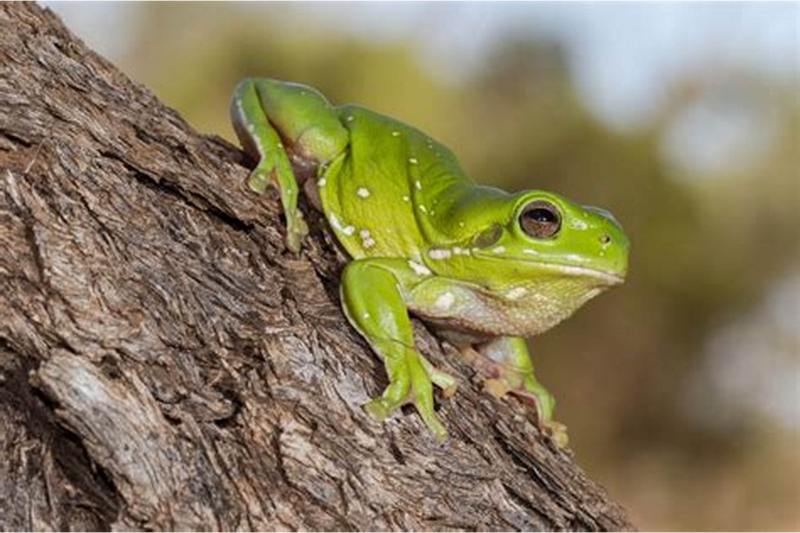
Source: frogsandco.com 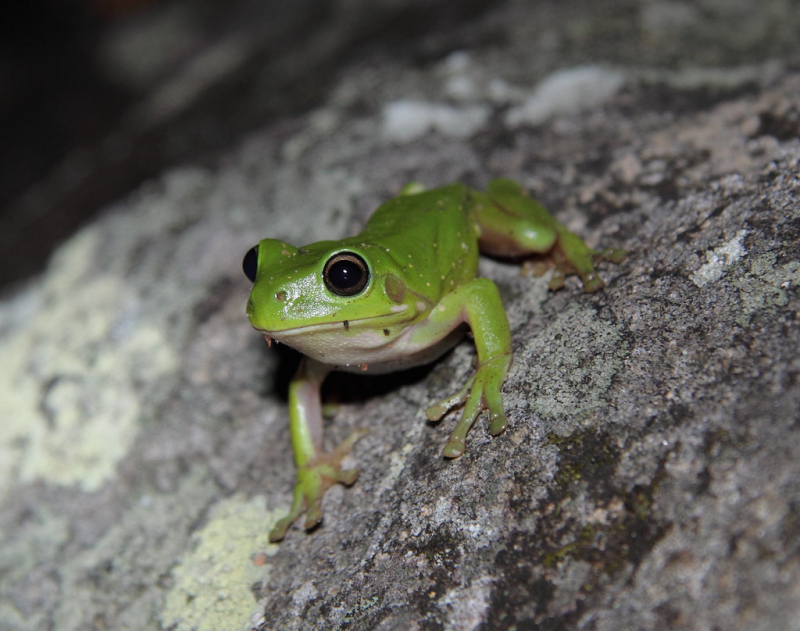
Source: Flickr -
With more than 5,000 species in existence and a huge ecological range that includes all of the continents with the exception of Antarctica, lizards are the most numerous of the reptilian group of animals. They eat both animal and plant stuff depending on what their surroundings provide because they have an omnivorous diet.
The types of insects that different lizard species eat vary depending on where they are. Cockroaches, spiders, ants, grasshoppers, worms, flies, and crickets are typical insects. However, some insects, such lightning bugs, are harmful to them, so they avoid eating them.
Lizards tend to lie patiently in wait for their prey, and cricket catching involves camouflaging with their surroundings to avoid their target spotting them. Their tongues are similar to those of frogs, and they will use them to quickly reach their prey and catch it. Additionally, their jaws are quite strong to allow them to crush the cricket’s exoskeleton, aided by the teeth rows on the roof of their mouth, as well as their lower and upper jaws. They will then chew their food using their jaws and teeth before swallowing it.
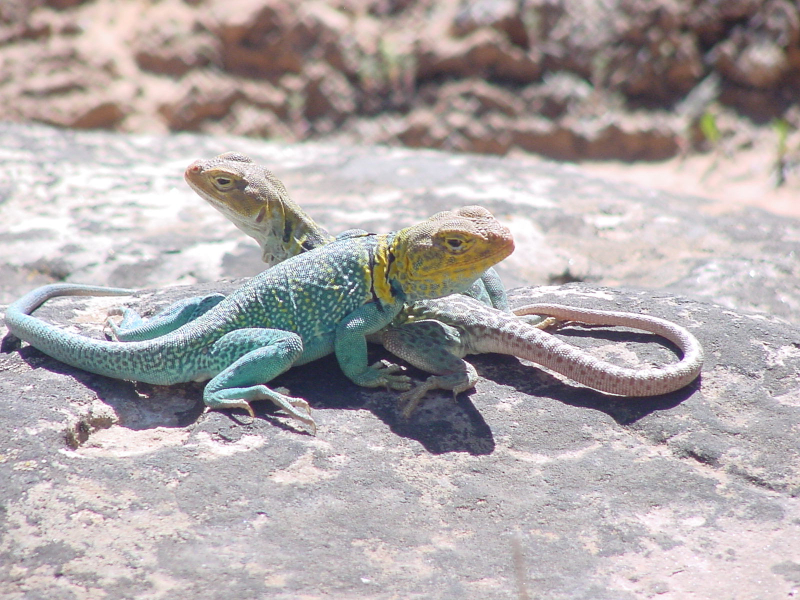
Source: sjma.org 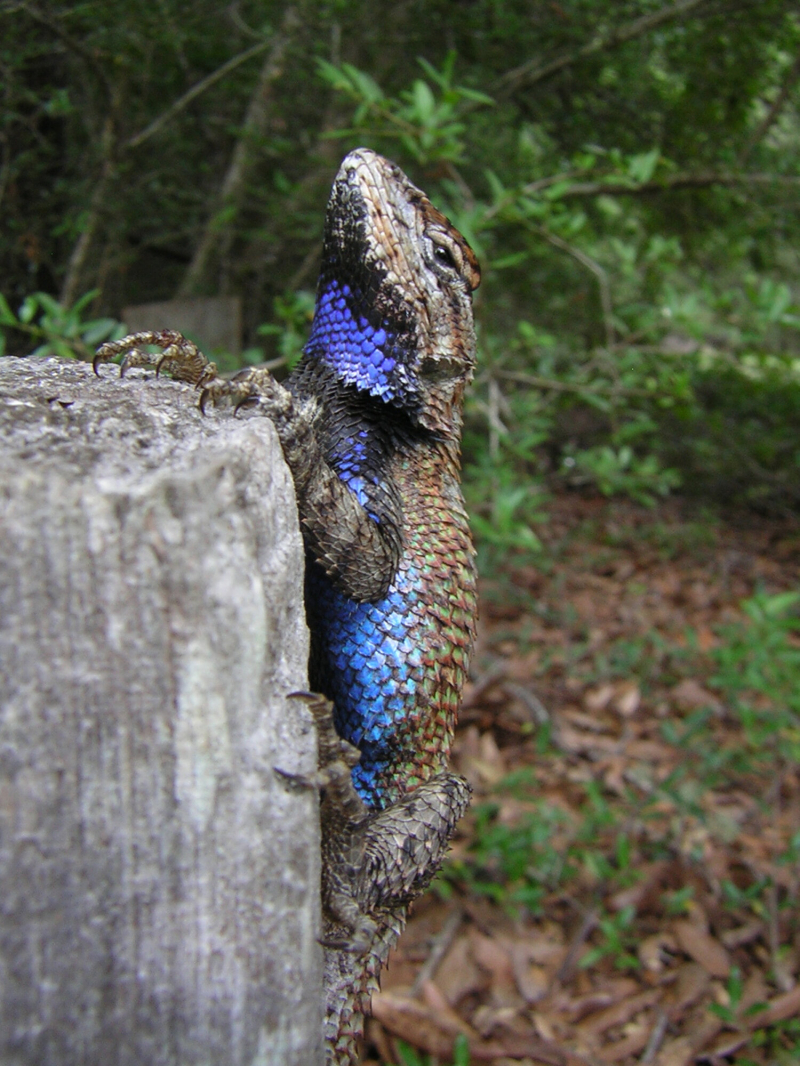
Source: Phys.org -
Tortoises are land-dwelling reptiles. They can retract their head and legs when threatened and have a shell on their back, making them simple to spot. Some animals eat both plants and animals, which makes them omnivores. Crickets will be caught and eaten by those who do. Tortoises lack teeth, although they can snag a cricket with the beak's pointed edges. Then, it will hold it fast in its powerful jaws. If the cricket is small enough, the tortoise will either consume it whole or use its razor-sharp claws to tear it into bite-sized pieces.
Crickets are particularly nutritious for these reptiles, especially American and Asian box turtles and some tortoise species. While they do not have teeth, their mouths have sharp edges that they use to grab the insect, and then hold it in their strong jaws. If the cricket is sufficiently small, the tortoise or turtle can swallow it as it is, or opt to use its jaws to break it into bite-size pieces.
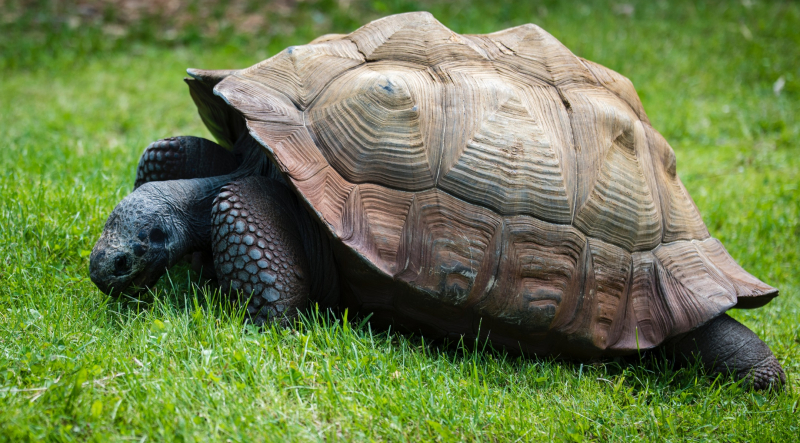
Source: whyunlike.com 
Source: The New York Times -
Spiders are considered arachnids because of their segmented bodies. With the exception of Antarctica, all the continents are part of their extensive habitat range. When you wish to utilize pest control, even the most ordinary house spider you discover nesting in your home is a fantastic defense mechanism. Being carnivores, almost all spiders love eating a range of insects, such as moths, cockroaches, flies, ants, mosquitoes, and crickets. Although most spider species won't assault or bite people, each has its own preferred cuisine.
Despite the fact that not all spiders eat crickets, they are a key source of food for spiders. They use a combination of web-spinning and environmental concealment as part of their hunting tactics. When they are close enough to the cricket, they will pounce on it, helped by the fang-like appendages on the tops of their jaws. These attachments allow the spider to crush and seize its prey. They have a tendency to be picky feeders and will only consume live prey or prey they have just just killed; they avoid consuming insects they have discovered dead.
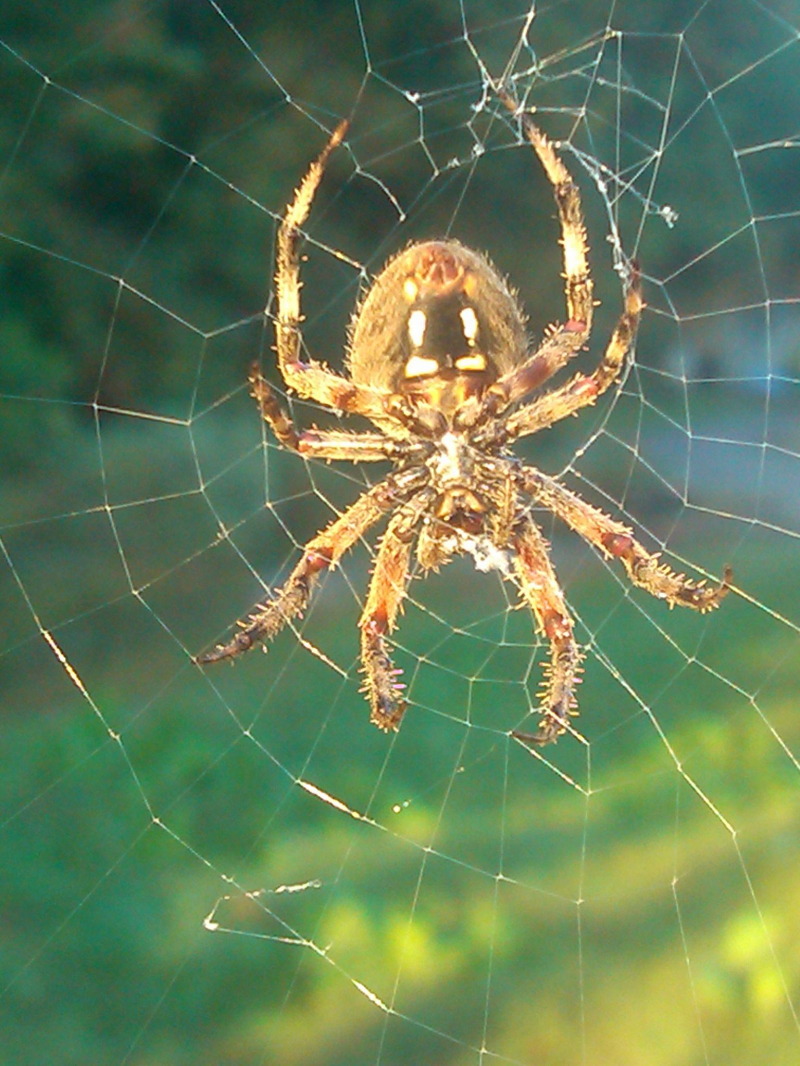
Source: Reddit 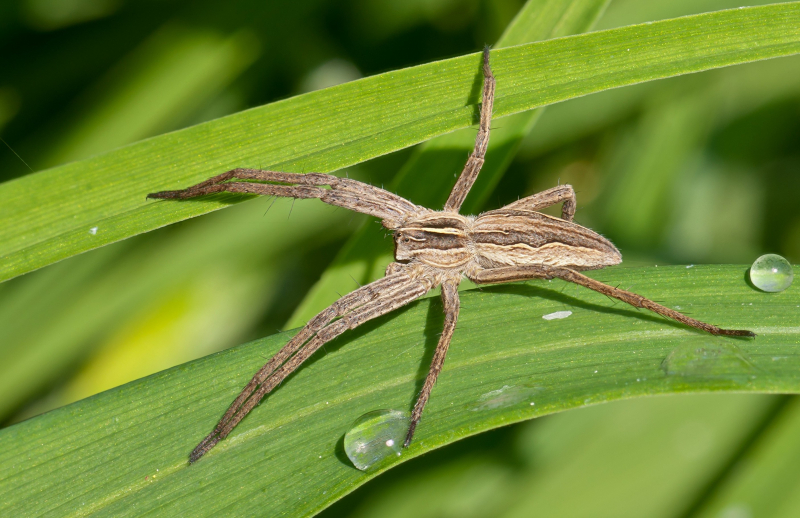
Source: wallup.net -
No matter if their primary diet consists of fruits, seeds, or meat, many bird species like eating insects. As many birds consume them throughout the spring or when searching for insects to feed their young, crickets are a particularly well-liked option. The adults and young birds can both eat the crunchy snacks that crickets offer.
Bluebirds and chickadees are the most frequent birds to eat crickets. Although they prefer eating crickets, bluebirds are particularly good at keeping grasshopper populations low. They also eat sow bugs, ants, and snails to round out their diet. Because they do not travel as frequently as other birds, chickadees are advantageous, and they will stay in an area as long as they can get a steady supply of insects. There are three subspecies of chickadees: Carolina, Black-Capped, and Mountain ones.
All their subspecies will give some control mechanism over a variety of insects including crickets, caterpillars, moths, aphids, and leafhoppers. During the winter months they will seek out the crevices in trees to look for hibernating adults and insect eggs, which prevents sudden population increases during the springtime.
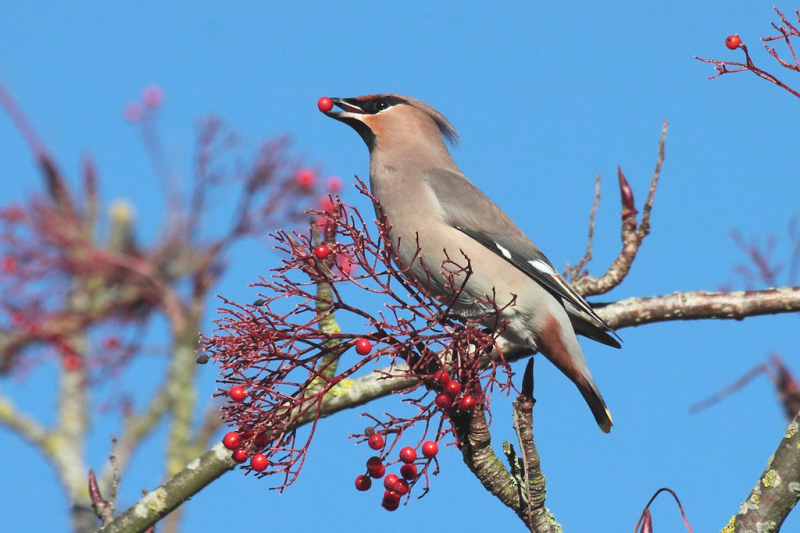
Source: Flickr 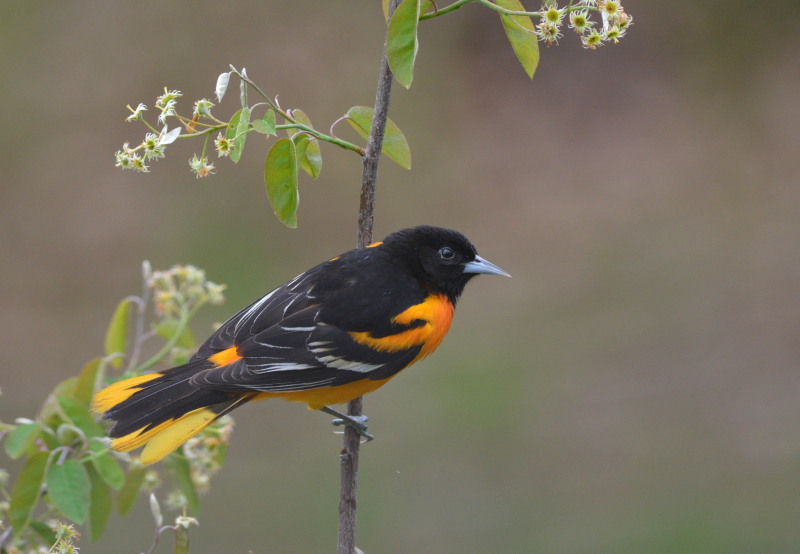
Source: Birds & Blooms -
Numerous bat species eat insects, such as crickets, as their main source of nutrition, despite the fact that there are thousands of different bat species. Insectivorous bats prefer night-flying insects, but they will also eat mosquitoes, moths, and a variety of other insects.
Bats utilize echolocation to find insects, and since crickets emit sounds at night, this process is made easier. According to estimates, bats can consume up to 8,000 insects per night in total, the majority of which are mosquitoes. When they find the insect they are after, they will swoop down and grab it with their tails rather than their teeth before eating it after landing on a perch.
If the insect is on the ground, the bat may choose to dive and surprise it. However, they will not use their tails to catch it in this case: instead, they will use their small, yet razor-sharp teeth to bite and chew it. They will remain on the ground long enough to finish their meal of choice, then fly to look for their next target.
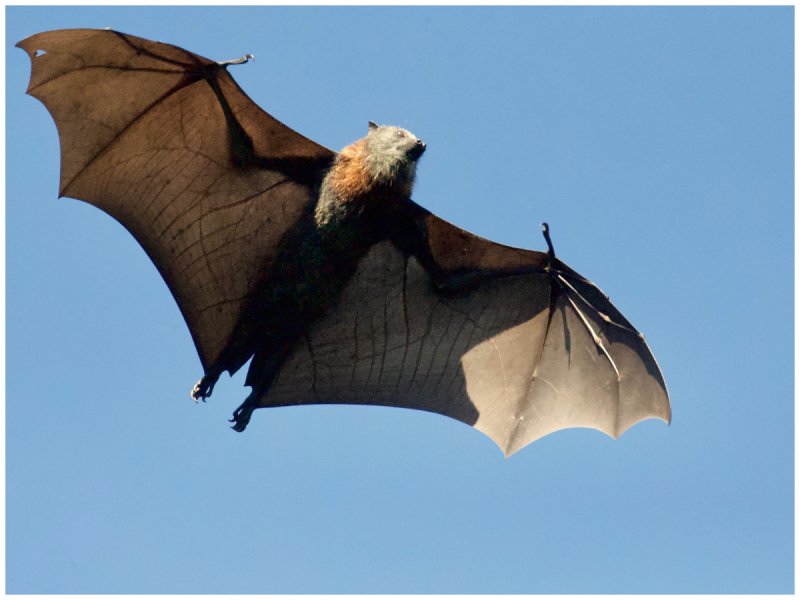
Source: LittleThings 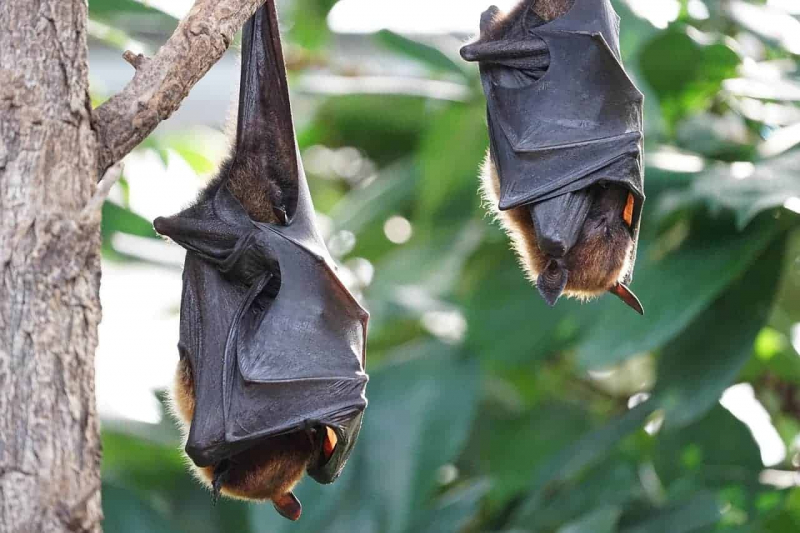
Source: suburbia-unwrapped.com -
Shrews, like most cricket predators on this list, are found throughout the world and are well-known as fierce carnivores despite their size. They are quite different from their cousins, the mice, due to their small ears and eyes as well as their pointed snouts and sharp teeth.
A large portion of their diet consists of insect larvae and insects. These options include wasps, moths, grasshoppers, crickets, butterflies, beetles, and bees, as well as their larvae. There are some shrew species such as the southern short-tailed shrew that also consume ants. It is good to note that shrews require high amounts of food every day, and they can easily starve to death if they do not eat after every few hours due to their high metabolisms. Therefore, crickets provide a nutritionally-dense food source for them, and this is why they prefer eating them frequently.
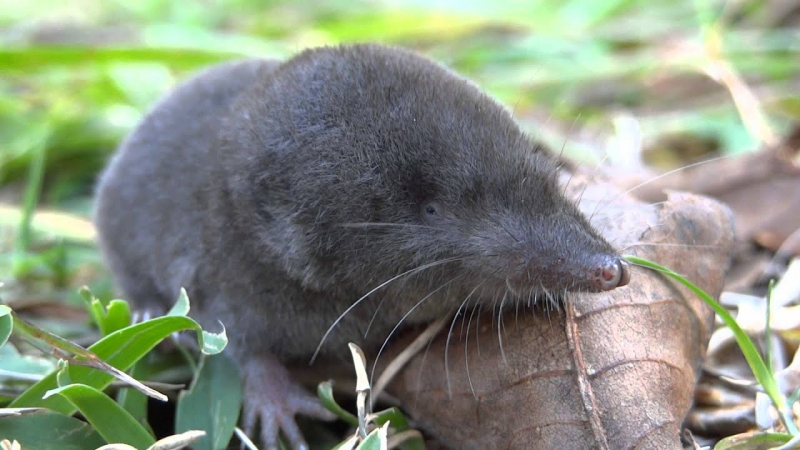
Source: agnesmoreiraa.blogspot.com 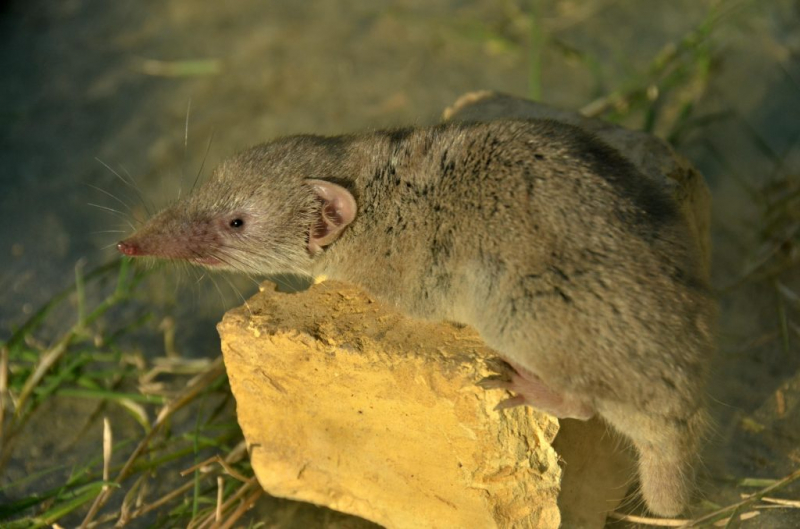
Source: global.hokudai.ac.jp -
Mantids are among the fiercest predators in comparison to both other insects and the rest of the planet, despite their small size. They wait for their prey to get close enough before striking at rapid speed by lying in wait in the foliage of plants or next to leaves and stems. For numerous reasons, mantis find crickets to be simple prey. The first is the constant chirping of crickets throughout the day, but especially at night, and the second is their propensity to jump about in plants and on the ground. The third reason is their inadequate defensive system, which causes them to "freeze" in response to mid- or low-level threats even if they are capable of flying or jumping away in response to more serious threats.
Mantids may easily find crickets rapidly and attack them before they have a chance to defend themselves because of their preferences for habitats and roving areas, as well as their propensity for "freezing." Due of their generalist diet, mantis will consume practically anything that moves besides crickets. These comprise a wide variety of insects, such as grasshoppers, eggs, locusts, flies, moths, worms, flies, larvae, and more. The capacity of mantids to swivel their heads, along with the usage of their forearms that resemble pincers, allows them to capture their prey.
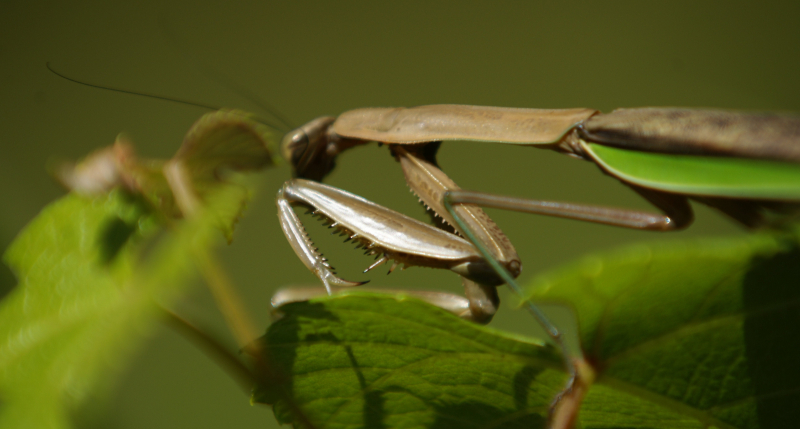
Source: reddit.com 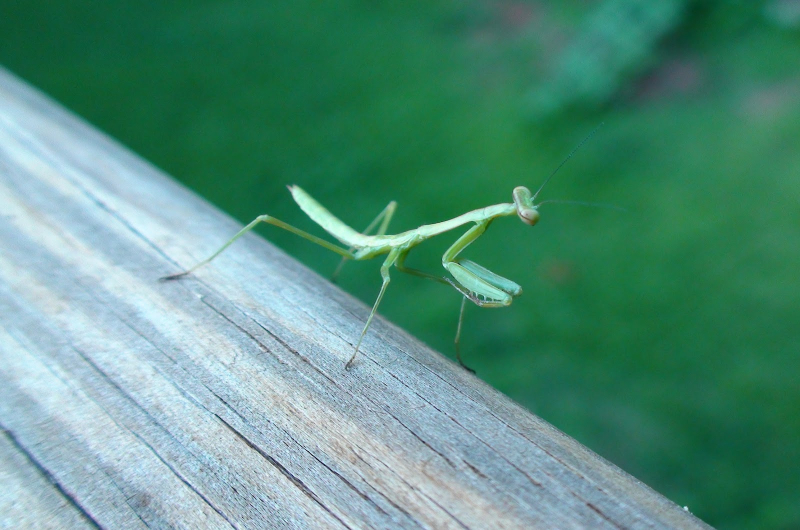
Source: blueyedmess.blogspot.com










